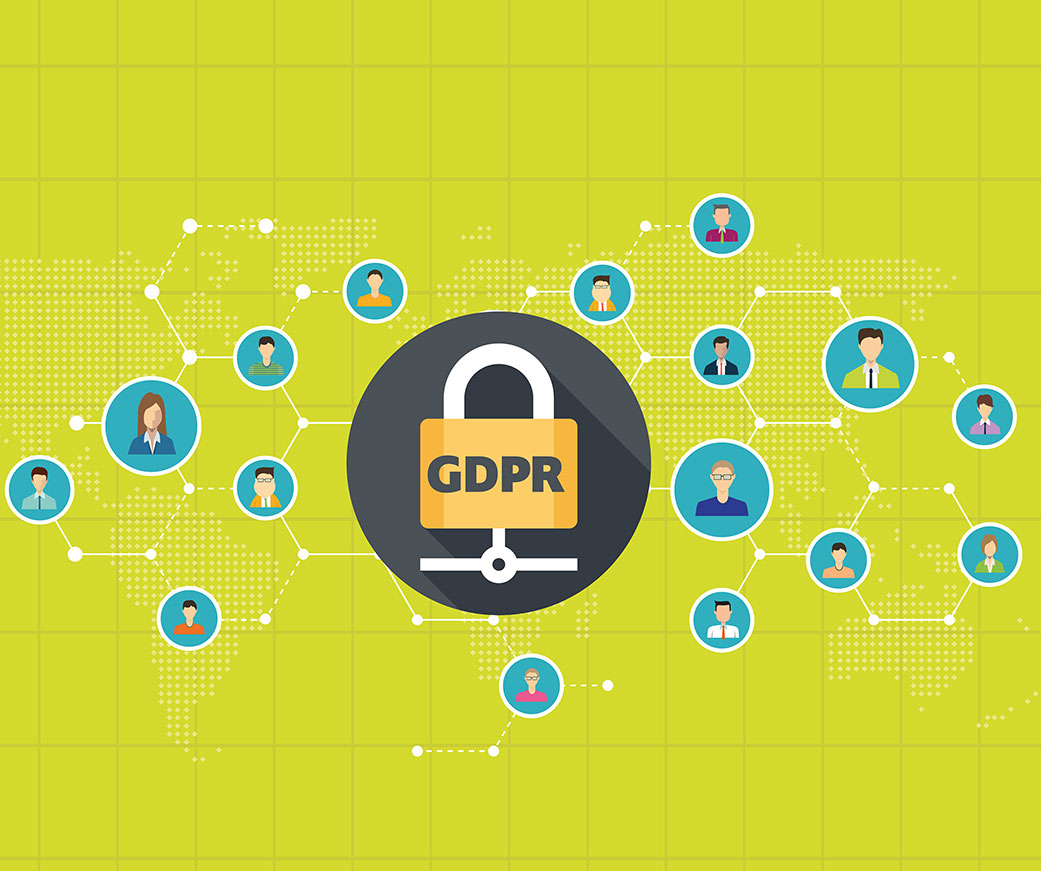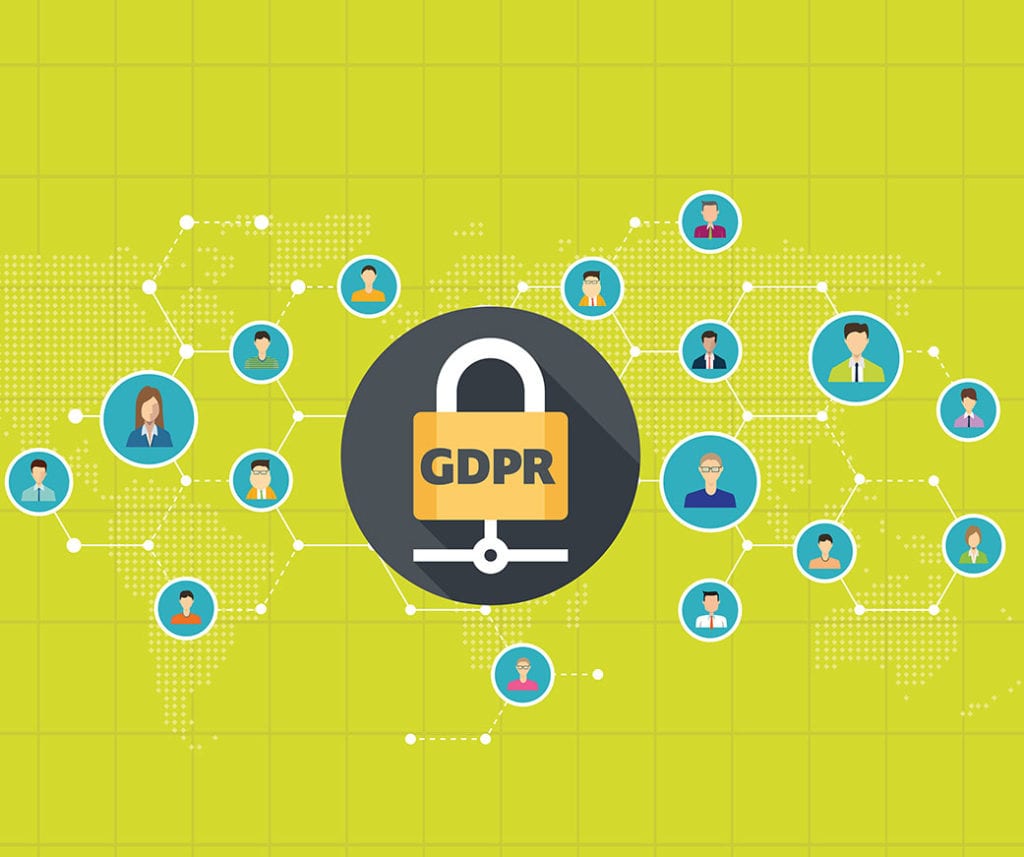
Whether you’re a fan of it or not, truth is, you can’t cast social media aside in 2018. As its role increases in homes and offices across the country, many prospects will search for your business on social platforms first. If you don’t appear, there’s a good chance you just lost a sale.
Whilst splashing it out here there and everywhere may seem like a valid solution, it’s not. Remember how we showed you what your brand says about you? Well social media is no different. Whilst it’s great to get the word out, keep it simple and stick within your companies means. We look at some of the best ways to keep brand continuity online;
Design & Graphics
Let’s be honest we all take in the visuals. We are naturally drawn to pages that appeal to us aesthetically. Although each social media channel is different and your message should vary, you should aim to use your brand logos, style and overall layout for continuity. Whether it’s your profile photo, cover image, branded videos or colour and layout – all of these elements should be coupled to tell the same story.
Think of it as your brand personality. It can be a great way to engage prospects and get them excited to be involved. Cohesion is the key word here.
Your Message
Conflicting messages will only achieve confusion and harm your brand. Look to use a similar writing style and message. At the same time, don’t bombard readers with the same message over and over. Look to keep the pace varied; Facebook and Twitter users are two very different entities.
Whether it be a formal format or a loose and fun approach, this should be visible across all streams. Focus on tone of voice and keep your language consistent. If you’re going to bamboozle people with your jargon, make sure you do that everywhere and match it on your website.
Remember, followers do not like being advertised to constantly. Get creative, social media is much more than a promotional stream.
Share
No one like a show off. Whilst it’s great to demonstrate what you can do, only doing so becomes laborious and boring for your followers. Mix it up by sharing posts from people you follow. Be it funny, interesting or informative content, share away to lighten your page and show you’re more about engagement than sales (even if that’s your ultimate goal).
Don’t go sharing willy nilly. Remember your brand goals? Any posts you share should also tie into them. For example, as a personal trainer sharing links to other fitness videos or workout plans can really spike your interest. Sharing cute pictures of dogs… Probably not as much.
Consistent Signals
There are lots of platforms available to help you keep your brand consistent. Why not try Hootsuite? You can further strengthen your brand message by linking your presence across multiple channels.
This is a great way to utilise high reviews on a related platform as well as building your reputation.










